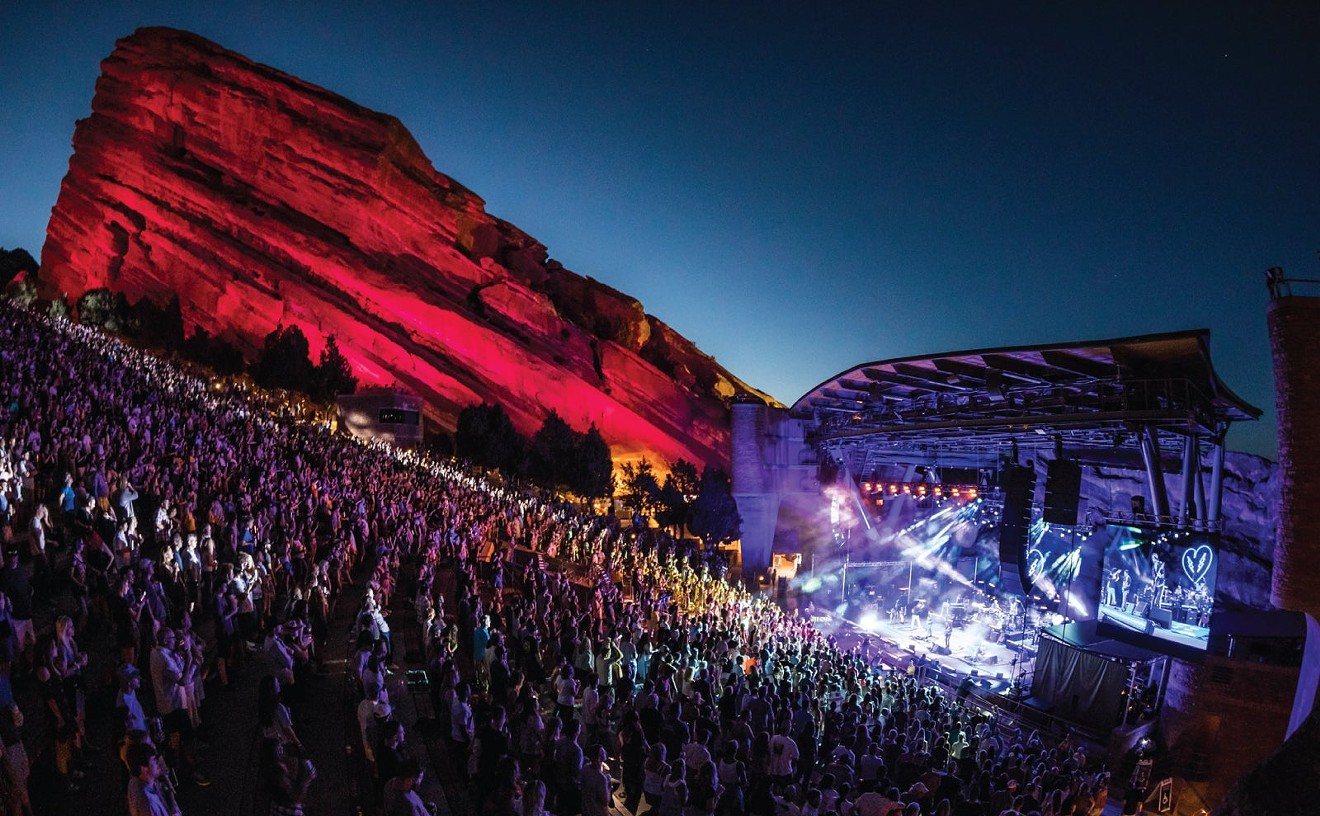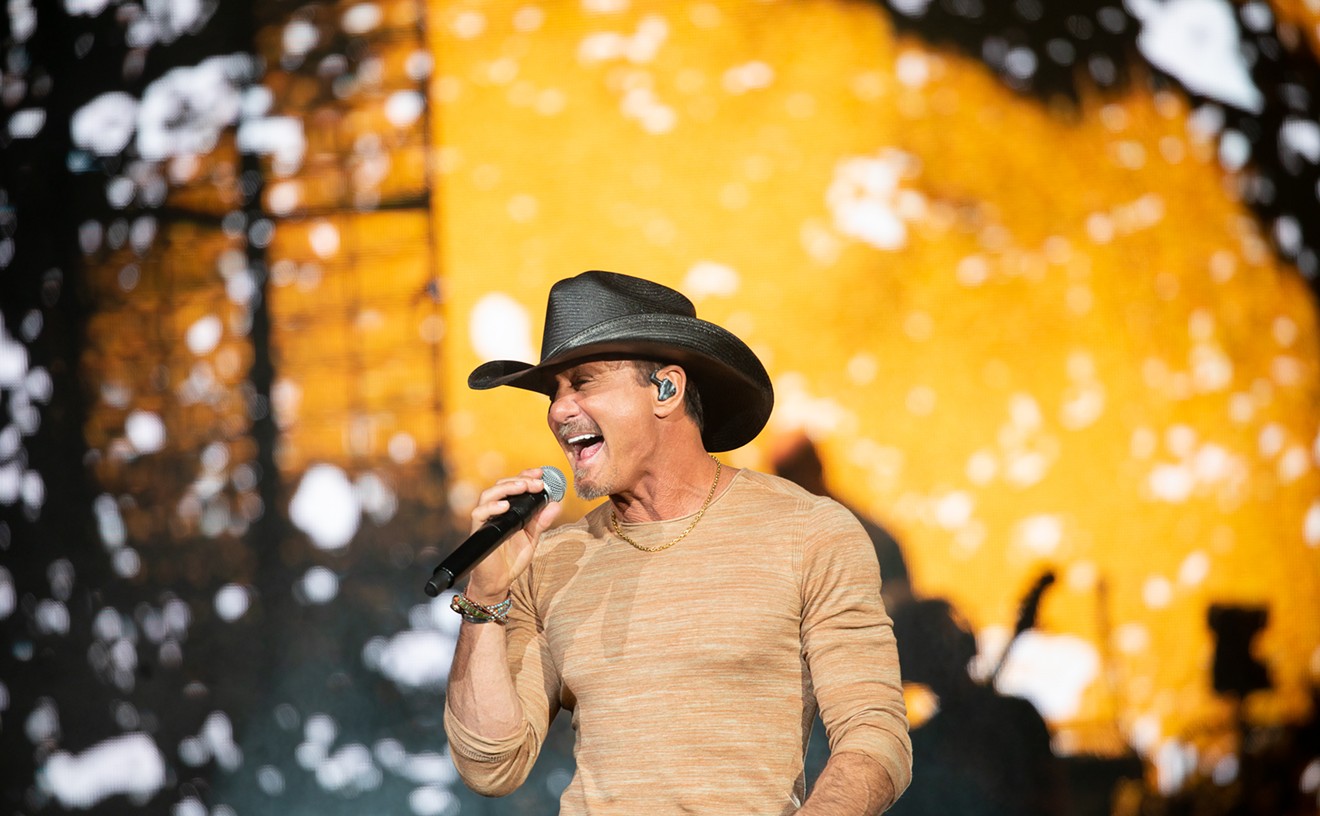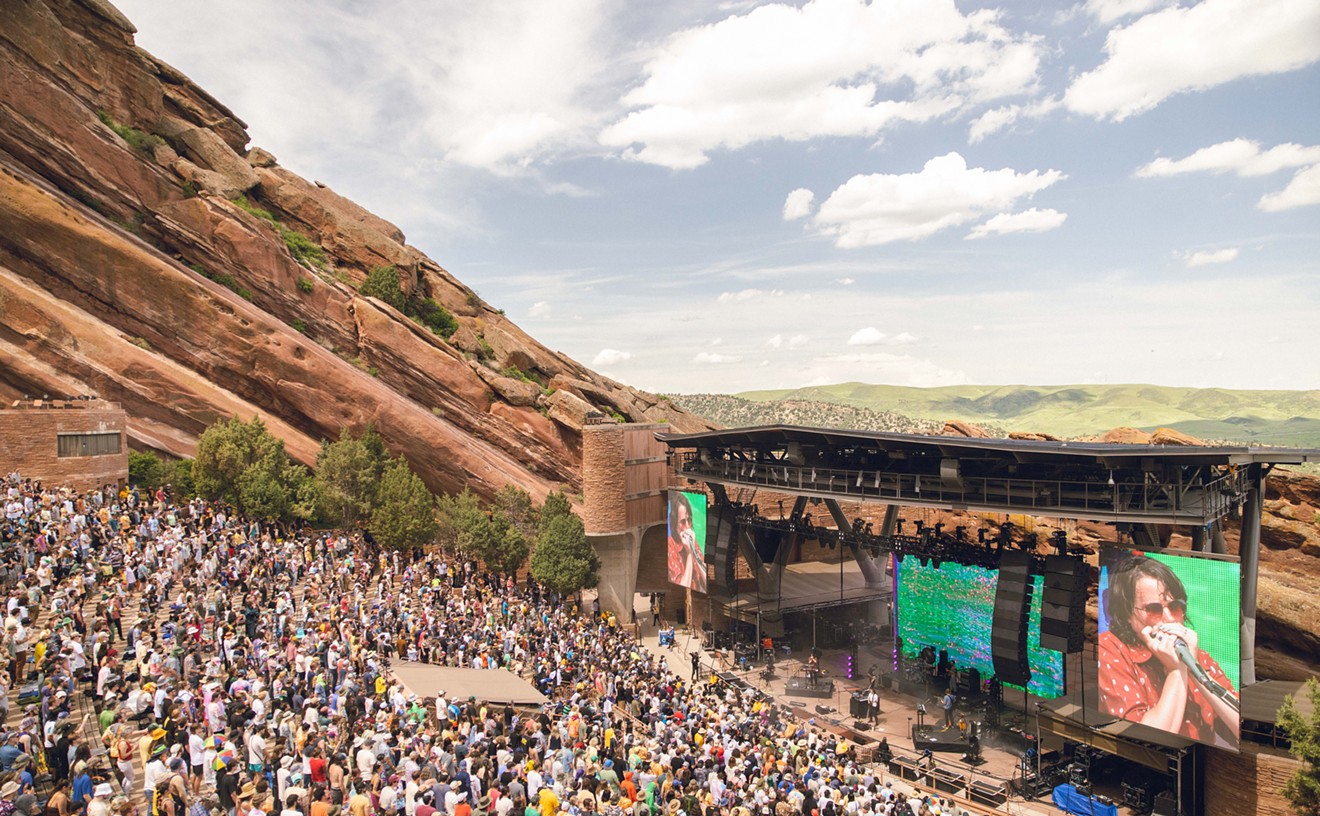When somebody bathes in blood and guts, swings from hanging bodies or sews together dismembered parts -- that's horror. And so naturally when rappers embody this realm, it's called horrorcore. But true horror is more than blood and guts; it is bewilderment in happenings that occur beyond an ordinary level of understanding. Chronologically, horrorcore immediately followed gangsta rap, and in many ways, it seems like a logical artistic extension. Both readily indulge in violence and aim to disturb, though for different reasons. While gangsta rap presents a radical survivalist mentality, horrorcore goes well beyond into the excesses of human debasement.
See also: The ten weirdest hip-hop releases of all time
Though it is difficult to pin down exactly where horrorcore actually began, "Assassins" by Geto Boys is widely regarded as the first ever horrorcore track. It appeared on the group's 1988 debut album Making Trouble, before Scarface and Willie D were members of the group. The verses, increasingly disturbing accounts of cold-blooded murder, were provided by The Slick Jukebox and Prince Johnny C. By combining the id-ridden basic human drives of sex and violence, and allowing them to dominate the moral construct of traditional religion, then mixing in a twinge of the supernatural, the Geto Boys created in rap a transcendent nihilistic ethic akin to theistic Satanism.
Meanwhile, in New York, Kool Keith, master of all things weird and unsettling, was experimenting with a more abstract and surreal approach to horror; he aimed to unnerve his listeners with jarring images and half-sense. On "Traveling at the Speed of Thought" from the Ultramagnetic MCs' 1988 release Critical Beatdown, he promises to "whip your brain, skip your brain and dip your brain in the lotion, while I deck your skull. I'm like a bird when I'm pecking your skull 'til it hurts and swell, puffs, bleed, blood."
Whichever of these beginnings held the actual birth of horrocore, Detroit was its primordial stew, perhaps congealed in the abandoned lots that Danny Brown describes in "Fields." Brown recounts his first encounter with horrorcore's champion, Esham. Walking around the streets of Detroit, Brown found a unlabled copy of Esham's Judgment Day laying on the ground. Unaware of what he was listening to, Brown was stunned by Esham's brash amoralism. He was transfixed until he was caught by his cousin who told him he was going to go to hell for listening.
Born in the midst of Detroit's economic decline in the 70s, Esham began dancing with the devil when he was only thirteen, when he released 1989's Boomin' Words From Hell, a diabolical revelation, now considered a local classic. "Cross My Heart" combines the classic hip-hop drum sample, James Brown's "Funky Drummer," with metal riffs. "All For The Suicidalists" samples AC/DC and several Geto Boys tracks, including "Assassins."
Esham says that "Hell" was his name for the streets of Detroit. He called his music acid rap as if it was conceived during a bad trip. At its height, Esham's music was surrounded in a mystique unlike anything hip-hop had ever seen. Esham's tapes became a lightning rod in Detroit, from their involvement in an accidental suicide to a curse involving the physical tapes.
Though Esham's star would ultimately fail to rise beyond Michigan, his influence was felt on later acts that would prove to be much more commercially successful. The first act to adopt Esham's acid rap style and run with it was Insane Clown Posse in 1991, then known as Inner City Posse. The group had been failing to support itself as a gangsta rap act and figured acid rap would both distinguish it and allow it to pay homage to Detroit rap. ICP, though, decided to discard Satanism's biblical mythology for its own: that of the Dark Carnival.
While ICP's take on horrorcore began mostly in imitation, by the time the group released 2002's The Wraith: Shangri-La, it had discovered a new function for horrorcore, which was to use graphic violence as a cautionary tale against acting immorally. At the same time, its shocking imagery helped captivate a rebellious suburban audience. ICP has managed to turn its epic of unconventional morality into seas of followers called Juggalos, cultish in the truest sense, considered a family by themselves and a gang by the FBI.
Back in the South, in Memphis, another posse, the Backyard Posse, later known as Three 6 Mafia, used what would become known as "crunk" as a delivery device for its disturbingly hypnotic brand of horrorcore. Thanks to the creepy, minimal production of Juicy J and DJ Paul, and the chilling lifeless chanting of its MCs, the Mafia engineered a dissociated aesthetic that blended horrorcore's obsession with Satanism with DJ Screw's slowed-down, chopped and screwed style.
In Sacramento, Brotha Lynch Hung was getting his start as a heavily featured artist on X-Raided's 1992 debut Psycho Active, an ultraviolent account of gang life in California. Over the next few years, Brotha Lynch Hung rose to hip-hop prominence on the strength of horrorcore. In 1995, he released Season of da Siccness, which featured graphic portrayals of rape, infanticide and cannibalism, was certified Platinum by the RIAA and is considered a horrorcore classic.
From the mid '90s to the early aughts, horrorcore flourished, with high profile acts such as D12, Eminem, Big L, Tech N9ne and ICP finding mainstream success using horror-inspired themes. Eminem (who describes himself on "Still Don't Give a Fuck" as a cross between Manson, Esham and Ozzy), with his Slim Shady alter-ego, had a particularly strong impact on America's cultural landscape.
With the release of The Slim Shady and The Marshall Mathers LPs, Eminem became the highest profile rapper in the world. His depictions of rape, drug use and murder in songs such as "Guilty Conscience," "Kim" and "97 Bonnie and Clyde" made him a target for moralistic groups like the Parents Music Resource Center.
All the while, a lively underground was also forming that produced some of horrorcore's best albums by Kool Keith, Gravediggaz, Natas, Non Phixion, Cage, Flatlinerz and Necro, among others. In particular, Kool Keith's Dr. Octagonecologyst was radically influential, opening eyes to how creative and different new hip-hop could be, even if it didn't reignite the thirst for horrifying rap like Esham first did. Gravediggaz, a horrorcore supergroup featuring Wu-Tang's RZA and Prince Paul, was also popular.
Although horrorcore has faded considerably, many of its legends remain powerful figures in rap. Eminem's 2009 Relapse was an obvious attempt to return to his highly-offensive Slim Shady subject matter. Tech N9ne, who has maintained a high level of relevance for more than a decade, raps about psychosis, perverse sexuality and violence on 2011's popular All 6's and 7's. Brotha Lynch Hung, now signed to Tech N9ne's Strange Music label, continues to sell well. Even Kanye West delved into horrorcore with his 2010 single "Monster."
The future of horrorcore lies in the hands of a few able acts. Prominent new-school iconoclasts Odd Future cite Relapse-era Eminem as a strong influence for their rap, which includes references to rape, murder, arson, the devil and other horrifying themes. Hopsin, one of XXL's 2012 Freshman picks, wears white contacts to give himself a disquieting, supernatural look and writes lyrics that often paint him as unpredictable and off-kilter. Death Grips uses powerful, impulsive rhythms and melodies and rambling, abrasive lyrics to convey a sense of self-worship near to LaVeyan Satanism.
It can seem easy to dismiss horrorcore as nothing more than a fad or a gimmick -- shock rap bought by angsty kids to scare their parents. When used as a marketing tool, that's probably even a fair assessment. But the heart of horrorcore touches something much darker: a state of mind that has seen humankind in its lowest form and reacts not with outrage, but with horrifying indifference.
The mind becomes corrupted and enlightened at the same time, able to see beyond the fabricated laws of the super-ego and into the darkest, most repressed parts of humanity.
See also: - The ten weirdest hip-hop releases of all time - The fifty best rap lyrics of all time - The ten most enigmatic figures in hip-hop
Follow @Westword_Music










